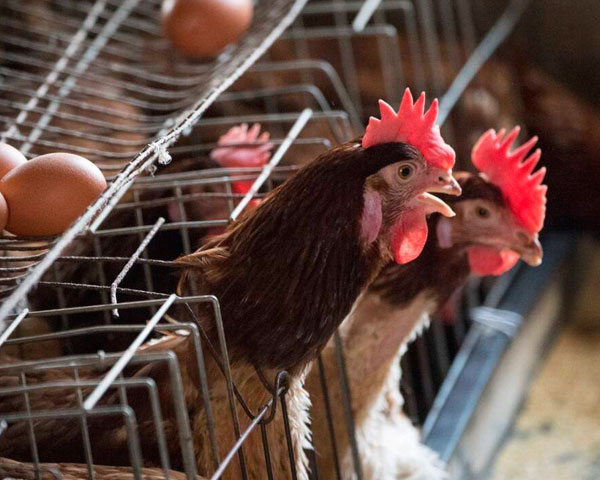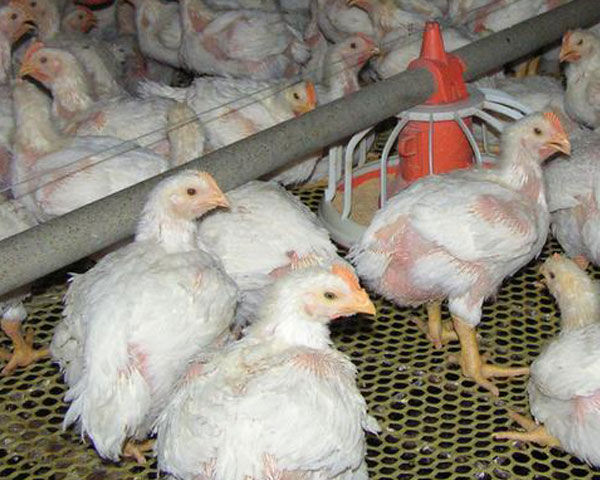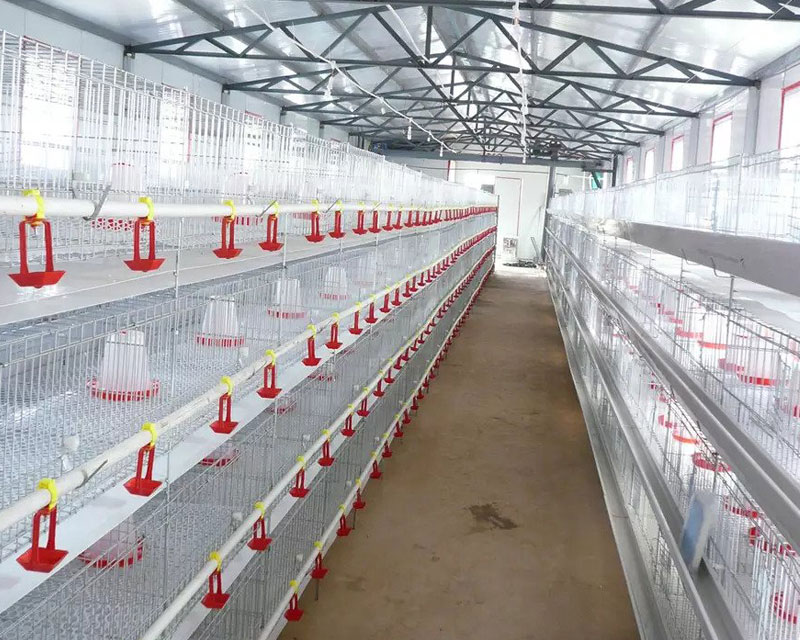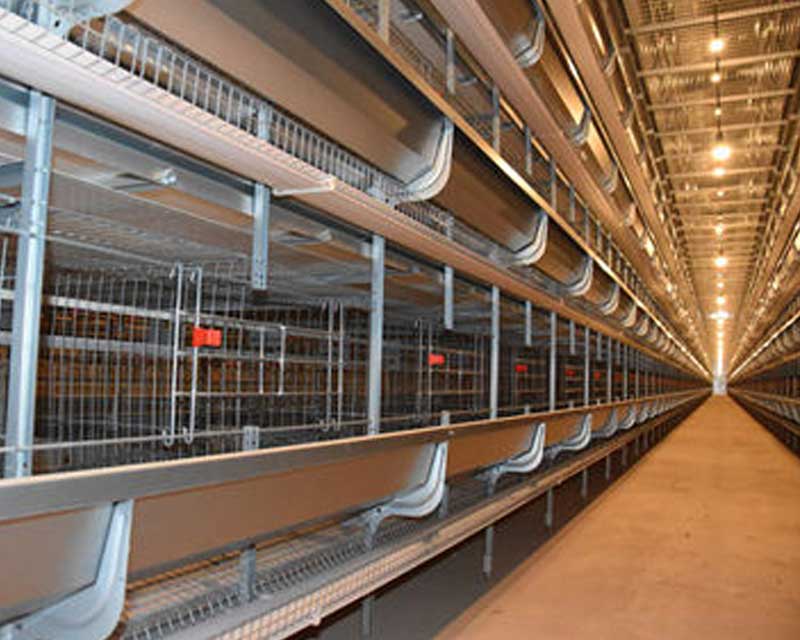Advantages Of Poultry Farming
What is poultry farming?
Poultry farming is a form of animal husbandry that raises poultry such as chickens, ducks, turkeys, and geese to produce meat or eggs for food. It originated in the agricultural era. Poultry (mainly chickens) is farmed in large numbers such as in chicken cages. More than 60 billion chickens are killed each year for consumption. Chickens raised for eggs are called laying hens, chickens raised for meat are called broilers, and chickens for breeding are called breeders.

According to the Worldwatch Institute, 74% of the world's poultry meat and 68% of its eggs are intensively produced such as in chicken cages. An alternative to intensive poultry farming is to use free-range with lower population densities. Poultry producers often use state-approved drugs, such as antibiotics, in feed or drinking water to treat disease or prevent disease outbreaks. Some FDA-approved drugs are also approved to improve feed utilization.
Advantages of egg laying hens farming
In recent years, the price of eggs on the market has remained stable regionally, which has a certain relationship with its long breeding cycle. Being less affected by price fluctuations is an obvious advantage in its breeding. When raising laying hens, is not as tiring as broilers, and it is easier to manage in all aspects, so this is also an advantage.

Commercial hens typically start laying eggs at 16-21 weeks of age, although egg production declines quickly after about 25 weeks of age. This means that, in many countries, flocks around 72 weeks of age are not economically viable and are slaughtered after about 12 months of laying eggs, although chickens naturally live 6 years or more. In some countries, hens are forced to moult to re-lay eggs.
Egg-laying systems often automatically control environmental conditions. For example, the duration of the mild phase is initially increased to encourage the onset of egg-laying at 16-20 weeks of age, and then mimics the length of summer, thereby stimulating hens to continue laying eggs throughout the year. Typically, egg-laying only occurs during the warmer months. Some commercial hens can lay more than 300 eggs per year.
Advantages of broiler farming
Chicken farming is very common now. With the improvement of people's living standards, the demand for chickens has gradually increased, and chicken farming has become more and more popular. Among broiler farming, laying hen farming, and breeding, the most important and most common one should be broiler farming.

- Fast growth
The growth rate of broiler chickens is much faster than that of ordinary chickens. Generally, a newly born chick can grow to 2 kilograms after two months of feeding. For the turkey, it may not grow shag in two months. It has to be said that the growth rate of broiler chickens is still very fast, which means that the income return of breeding broiler chickens is fast.
- Short growth cycle
Since the growth rate of broilers is fast, its growth cycle is naturally short. If there is no accident, it generally takes only two months for broilers to go from hatching to slaughtering, and the weight of broilers has completely reached the market at this time. After the slaughter is released, the farmers do not need to spend a long time cleaning the chicken house, and they can quickly invest in the breeding of the next batch of broilers. If the breeding management goes well, five batches of broilers will be listed in one year. It's entirely possible.
- High breeding density
Because the nature of broilers is relatively quiet, they don't like to move, and they don't fight each other. Therefore, the utilization rate of broiler house space is relatively high, and the breeding density of broilers is also relatively large, so the number of each batch of broilers on the market is still considerable. Usually, farmers only need to do a good job of air circulation in the chicken house and disease prevention work to increase the breeding density appropriately, and they can sell more broilers when they are put on the market.
Chicken Breeding Benefit Analysis
First, edible and medicinal value. The value of high-quality chicken breeds mainly includes edible value and medicinal value. Chicken is rich in nutrients and trace elements, such as melanin, protein, and vitamins. Nourishes Liver and Kidney.
Second, economic benefits. The market prospect of raising chickens is very broad, the survival rate of high-quality chicken breeds is high, the quality of the chickens raised is delicious, and the market price is relatively high. The market price of high-quality chicken is more than 6.2 dollars per kilogram. If the quality is better, the price can reach 9.4 dollars/kg. With the continuous improvement of people's living standards, people have higher and higher requirements for food quality. The quality of farmed chicken is fresh and tender, healthy and safe, and there is no drug residue. Many consumers like it very much, so the market prospect is broad. For example, if 1,000 chickens are raised, after deducting the cost of breeding, the net profit for a year can reach about 4700 dollars. The profit is relatively high and the economic benefit is much higher than that of agricultural production.

 4 Tier H Type Broiler Cage Project In South Africa
4 Tier H Type Broiler Cage Project In South Africa Layer Cage Project In Cuba
Layer Cage Project In Cuba H Type Layer Cage Project In Southeast Asia
H Type Layer Cage Project In Southeast Asia A Type Layer Cage Installed In West Africa
A Type Layer Cage Installed In West Africa Nigeria H Type Layer Cage Project
Nigeria H Type Layer Cage Project H Type Layer Cage Installed In Togo
H Type Layer Cage Installed In Togo